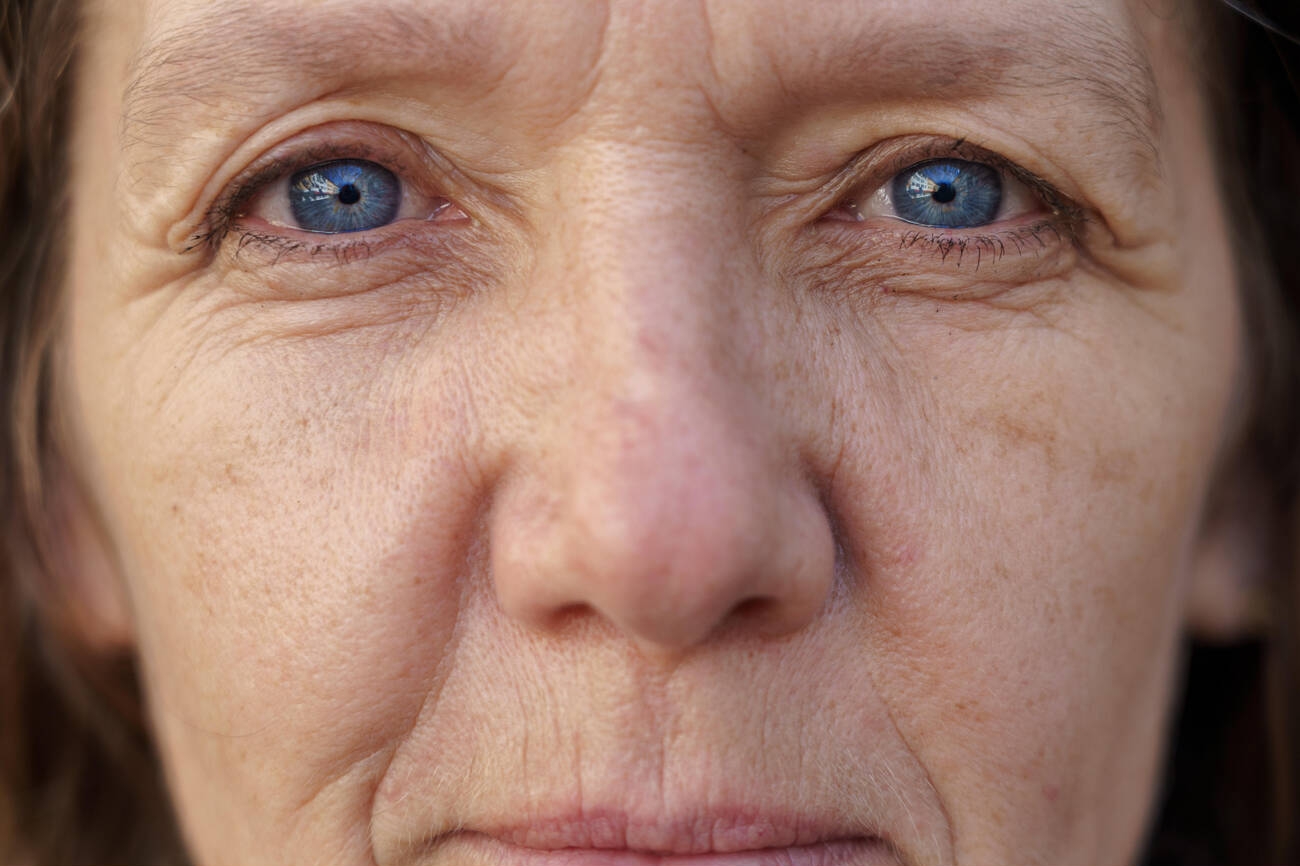Are you aware that your smoking habit could be putting your eyes at risk? It’s true. Smoking can have devastating effects on your eye health, potentially leading to blindness or vision loss. Diseases like age-related macular degeneration and cataracts are strongly associated with smoking. In fact, smokers are up to four times more likely to develop these conditions than non-smokers. But don’t despair! By quitting smoking and taking steps to maintain good eye health, you can prevent these outcomes and protect your precious vision. Let’s explore the impact of smoking on your eyes and how you can safeguard them from harm.
The Impact of Smoking on Eye Health
Smoking affects the retina, lens, and macula, leading to potential vision loss or blindness. One of the major eye diseases associated with smoking is macular degeneration. Smokers are up to four times more likely to develop age-related macular degeneration (AMD), which can cause central vision loss. Smoking also increases the risk of cataracts, clouding the eyes’ clear lens, and smokers are two to three times more likely to develop them. Additionally, smoking can cause retinal damage and increase the risk of glaucoma, a condition that gradually leads to vision loss by damaging the optic nerve cells. Quitting smoking is essential for maintaining good eye health and preventing these serious eye diseases. Taking care of your eyes by quitting smoking is crucial for preserving your vision in the long run.
Smoking and the Risk of Vision Loss
Quit smoking to protect your eyes from potential blindness and vision loss. Smoking is linked to various eye diseases, including macular degeneration, cataracts, glaucoma, and diabetic retinopathy. By quitting tobacco, you can significantly reduce the likelihood of developing these vision-related complications.
| Eye Disease | Relationship with Smoking |
|---|---|
| Macular Degeneration | Smokers are up to four times more likely to develop AMD compared to non-smokers. |
| Cataracts | Smokers are two to three times more likely to develop cataracts. |
| Glaucoma | Smoking is a risk factor for high blood pressure and diabetes, which increase the risk of glaucoma. |
| Diabetic Retinopathy | Smoking increases the risk of diabetes, a leading cause of diabetic retinopathy. |
Protecting your eye health goes beyond quitting smoking. Regular eye exams, maintaining healthy blood pressure and cholesterol levels, eating a nutritious diet rich in vegetables and fish, and staying physically active are all important for preserving good vision. Take control of your eye health by quitting smoking today!
Understanding the Connection Between Smoking and Blindness
By quitting tobacco, you can significantly reduce the risk of developing serious eye complications that may result in complete vision impairment. Smoking is strongly linked to various eye diseases, including macular degeneration and cataracts. Smokers are up to four times more likely to develop age-related macular degeneration (AMD) compared to non-smokers. Macular degeneration can lead to loss of central vision and difficulty performing daily tasks. Additionally, smokers are two to three times more likely to develop cataracts, which cause a clouding of the lens and can lead to vision loss if left untreated.
If you’re ready to quit smoking, there are resources available to help you on your journey. Smoking cessation resources such as the New York State Smokers Quitline provide free and confidential assistance through phone calls or online chats with Quit Coaches. It’s important for healthcare professionals to play a role in tobacco cessation by discussing the risks of smoking with their patients and providing information about available resources. Together, we can work towards reducing the impact of smoking on eye health and preventing vision loss.
How Smoking Can Lead to Vision Loss
Quitting tobacco significantly reduces the risk of developing serious eye complications that can result in complete vision impairment. If you’re a smoker, it’s important to understand how smoking can lead to vision loss and the long-term effects it can have on your eyes. Here are four key points to consider:
- The dangers of smoking: Smoking is not only harmful to your lungs and heart but also has detrimental effects on your eyes. It increases the risk of developing conditions like age-related macular degeneration (AMD) and cataracts.
- Effects on the retina: Smoking damages the delicate blood vessels in the retina, leading to decreased blood flow and oxygen supply. This can result in vision problems, including blurred or distorted vision.
- Smoking cessation programs: Quitting smoking is crucial for preserving your eye health. There are various smoking cessation programs available that provide support and resources to help you quit successfully.
- Smoking and cataracts: Smokers are two to three times more likely to develop cataracts compared to non-smokers. Cataracts cause cloudy vision and may require surgery for treatment.
Preventing Vision Loss: Quitting Smoking and Eye Health
It’s crucial to understand the relationship between smoking and eye health in order to prevent vision problems. Quitting smoking not only has numerous benefits for your overall health, but it can also significantly improve your eye health. By quitting smoking, you reduce the risk of developing eye diseases such as age-related macular degeneration (AMD) and cataracts. Lifestyle changes, such as regular exercise and a healthy diet rich in green leafy vegetables and fish, can further protect your eyes from these conditions. Additionally, there are various smoking cessation resources available that can provide support and assistance during your quitting journey. Healthcare professionals play a vital role in helping individuals quit smoking by offering patient referral programs, having conversations about quitting tobacco, and providing information on available resources. Testimonials and gratitude from those who have successfully quit can serve as motivation for others to embark on their own smoke-free journey.




